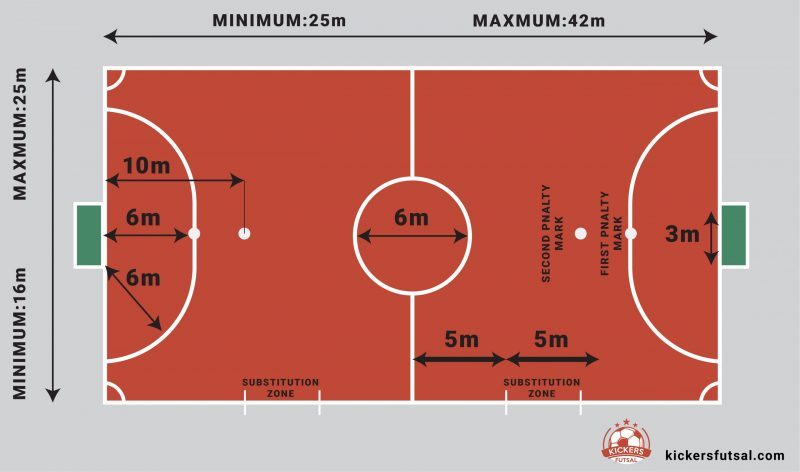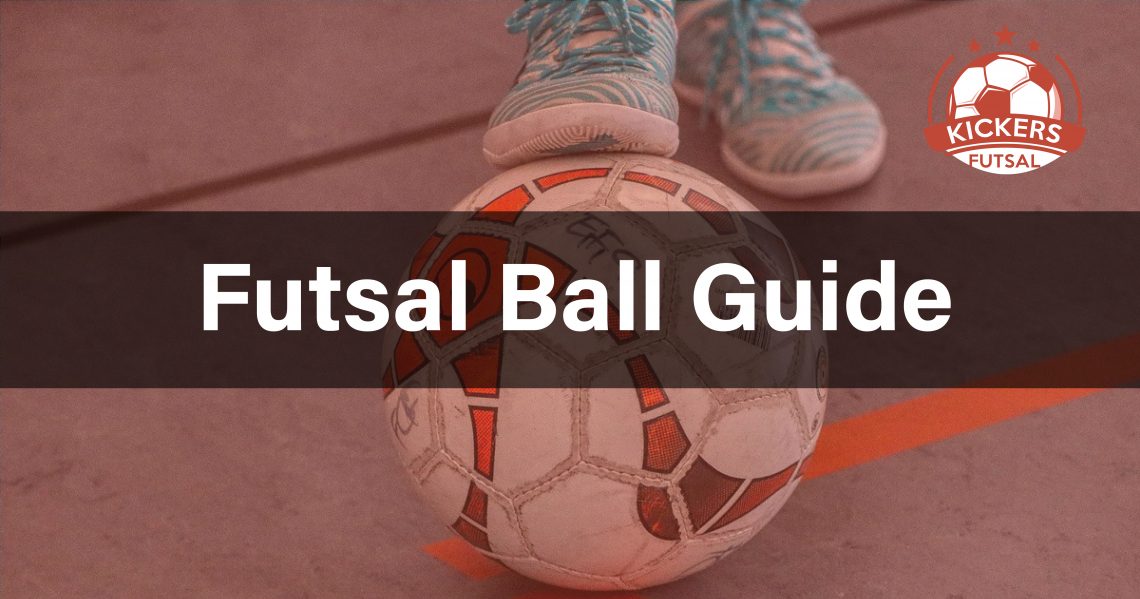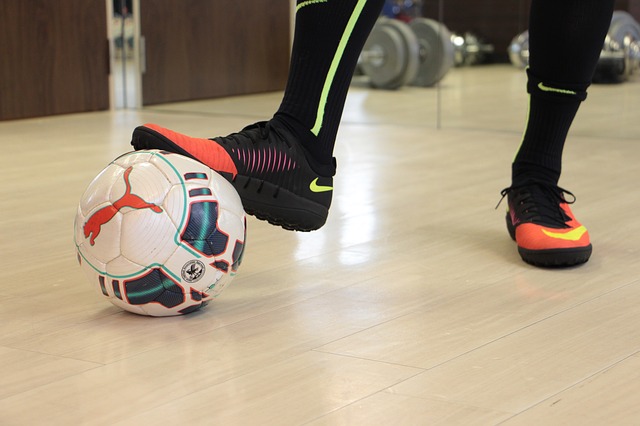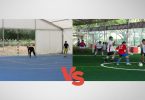We already know that futsal is only played by five members which is fewer compared to a regular soccer game. Because of this, futsal is a fast-paced game that needs quick and precise moves. Thus, the futsal ball is made hard and less bouncy to provide the requirement of the sport.
What is Inside a Futsal Ball?
Futsal balls contain foam, cotton, or other materials that make them less bouncy while also making them softer. Because of the extra bladder of foam on the interior of the ball, all futsal balls have a low bounce. This increased weight enables better play on a smaller field with fewer players.
Why Futsal Ball is Made Hard and Less Bouncy?
The short area of the futsal pitch, along with the enormous number of players per team, results in a packed field.

This means that there aren’t many open spots on the pitch for futsal players. In other words, they will nearly always have an opponent nearby.
If the futsal ball is bouncy in this situation, the players will lose the ball much more frequently because it has a larger chance of bouncing away from them while they are trapping it.
And once it bounces a little, an opposing player will almost always be nearby to steal the ball right away.
In other words, having the futsal ball less bouncy helps teams not lose the ball as frequently when passing the ball to one other.
Bottom Line
Futsal balls are manufactured in precise ways, although there are other sorts of balls to pick from.
Some futsal balls are only intended for indoor usage, while others may be used both indoors and outdoors. Outdoor-specific futsal balls may be slightly more durable than indoor-specific ones.
The qualities of the futsal ball are specifically intended to foster skill development. When a futsal ball is received with a good pass, it “clings to the foot.”
When quick passes are issued repeatedly, this instills considerable confidence in tight places. Surprisingly, the same feature that makes the ball easy to receive also makes it tough to strike.
Many programs across the world suggest that smaller size facilitates more precise striking of the ball’s “perfect spot.”







